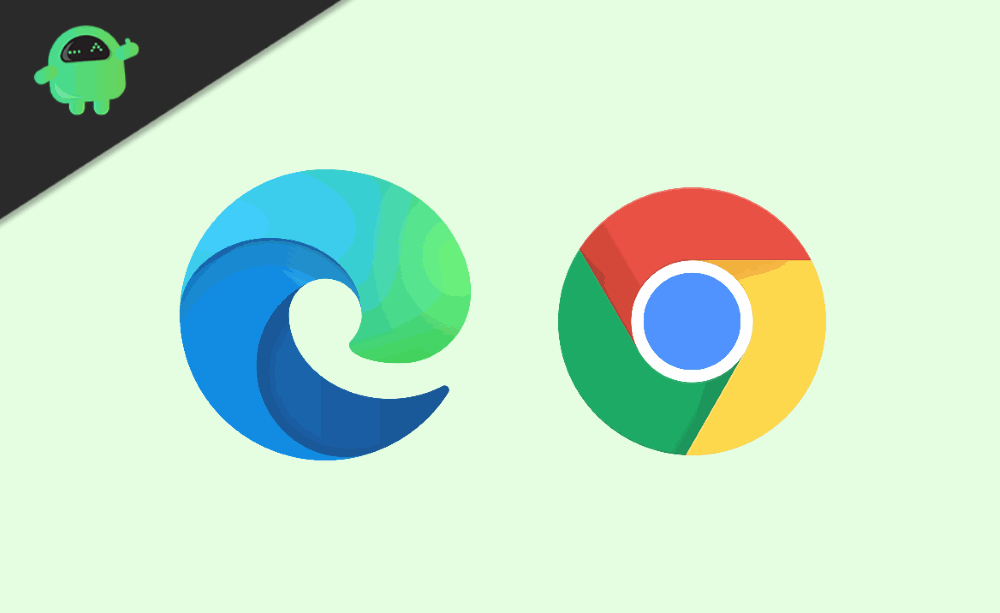

(This is one of the big reasons you shouldn’t turn off automatic Windows updates.) There’s one downside to Edge’s approach, though: Windows updates generally come at a slower rate than Chrome or Firefox’s browser-only updates, and you must restart your computer for Edge’s updates to take effect. Microsoft Edge updates automatically as well, although those patches are delivered through Windows Update.

RELATED: Why You Need To Install Windows Updates Automatically Firefox introduced a similar silent updates feature in 2012.

They are installed quickly and quietly when users close the web browser. Google Chrome is the poster child for automatic software updates. Automatic updates help ensure that most people run current, protected versions of the web browser. Of course, only users who install the updates are protected. Those programs often come with their own blockers, too, as shown below.Įver wonder why your browser updates so often? Developers are constantly patching to fix security flaws. You should still be using a good antivirus program in conjunction with something like MalwareBytes to protect yourself if something slips through, or if something comes from another attack vector. RELATED: What's the Best Antivirus for Windows 10 and 11? (Is Microsoft Defender Good Enough?)īut SmartScreen is only one part of a browser’s security. While tools like SmartScreen are helpful, they should hardly be your only line of defense. So NSS Labs’ test essentially found that when it comes to malware and phishing pages, Microsoft has better lists. These features check web pages and applications against lists of known good and bad items. Chrome and Firefox have similar warnings, but nothing quite like the bright red pages in Edge. Microsoft SmartScreen was first introduced in Internet Explorer 7 as “Phishing Filter,” and has been improved upon in each release since. To understand what this means, you need to understand how SmartScreen works.


 0 kommentar(er)
0 kommentar(er)
